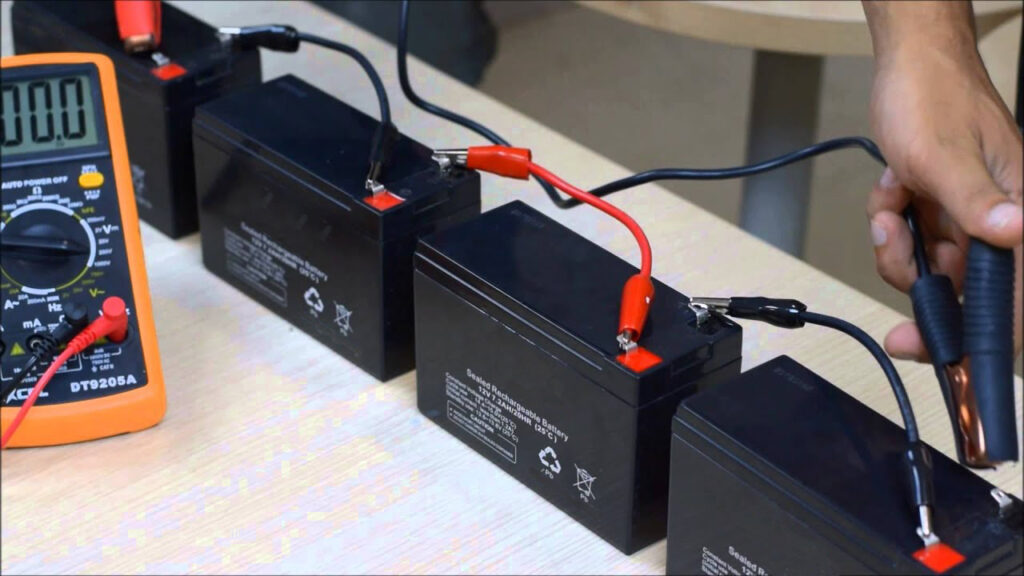When connecting lithium iron phosphate (LiFePO4) battery packs in series, it is essential to ensure that the batteries are matched in terms of capacity, voltage, and state of charge. Mismatched batteries can lead to uneven charging and discharging, which can damage the batteries and reduce their lifespan. Additionally, it is crucial to use a battery management system (BMS) to monitor and balance the batteries to prevent overcharging or over-discharging.
- Voltage Matching: All batteries in the series should have the same nominal voltage. For example, if you are connecting two 12V LiFePO4 battery packs in series, both battery packs should have a nominal voltage of 12V.
- Capacity Matching: The batteries in the series should have the same capacity (ampere-hours or Ah). This ensures that each battery in the series is discharged and charged evenly.
- State of Charge Matching: The batteries in the series should have the same state of charge (SOC) when connected. If the batteries have different SOC, it can lead to uneven charging and discharging, which can damage the batteries and reduce their lifespan.
- Balancing: It is essential to use a battery management system (BMS) to monitor and balance the batteries in the series. The BMS ensures that each battery in the series is charged and discharged evenly, preventing overcharging or over-discharging.
- Physical Connection: When connecting the batteries in series, it is essential to use appropriate connectors and wiring to ensure a secure and reliable connection. Loose connections can lead to voltage drops and reduced performance.
By following these requirements, you can ensure that the LiFePO4 battery packs are connected in series safely and effectively, maximizing their performance and lifespan.


